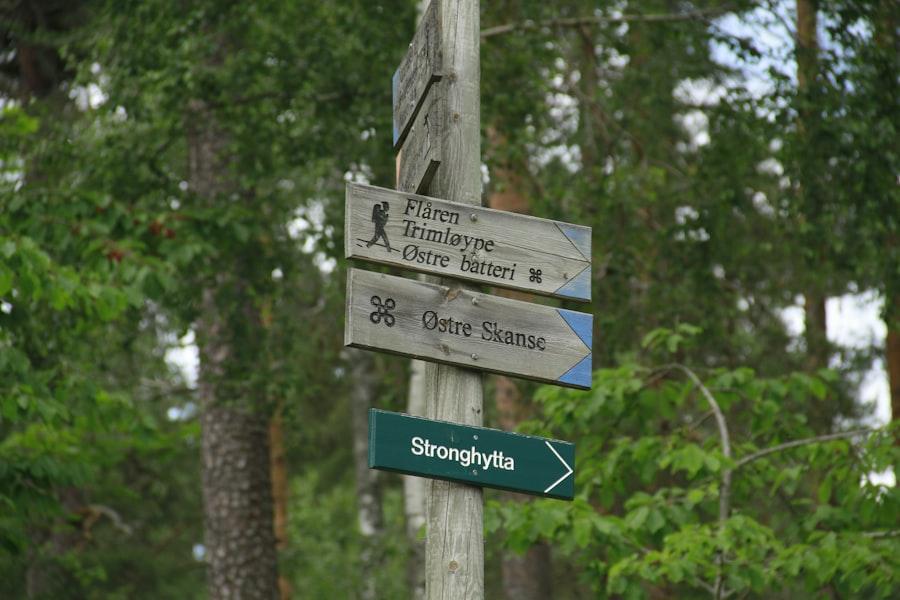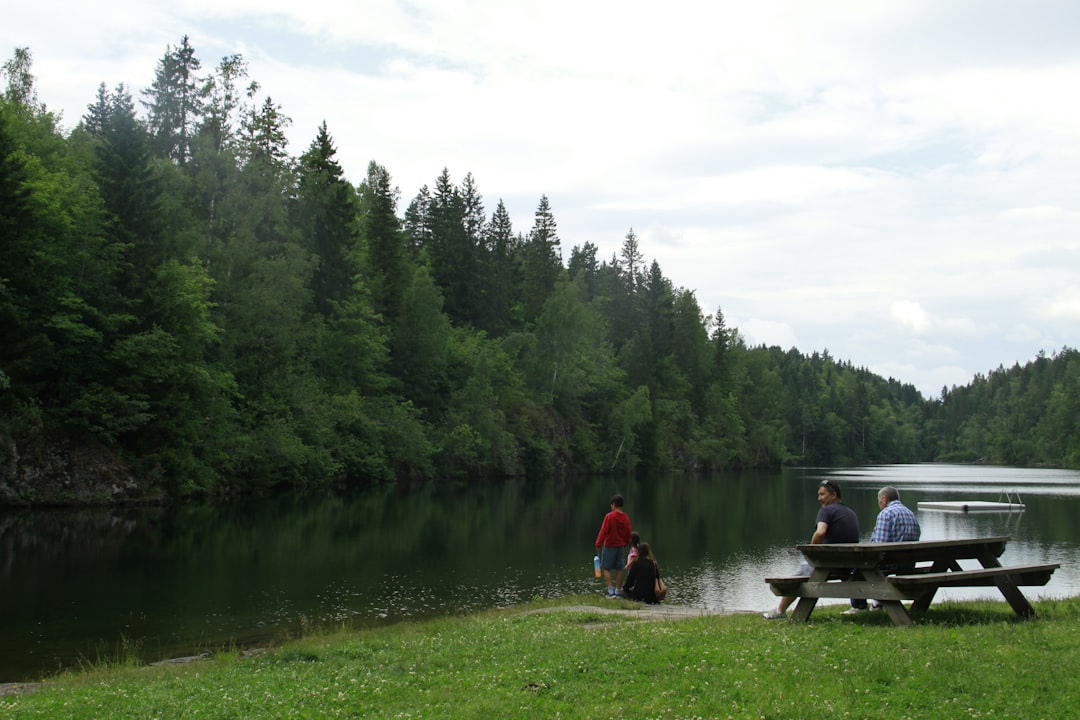Navigating the intricacies of a new language can be a daunting task, especially when that language is as rich and diverse as Norwegian. For those considering a move to Norway or simply wishing to immerse themselves in its culture, understanding the language landscape is crucial. The Norway Relocation Group stands ready to assist you in this journey, providing invaluable resources and guidance tailored to your needs.
Whether you are relocating for work, study, or personal reasons, our expertise can help you navigate the complexities of settling into a new linguistic environment. Norwegian is not just a single language; it is a tapestry woven from various dialects, written standards, and cultural nuances. With two official written forms—Bokmål and Nynorsk—alongside a multitude of regional dialects, the language reflects the country’s history and geography.
This article aims to explore the different facets of the Norwegian language, helping you understand its structure and offering insights into how to approach learning it effectively. Plan your relocation with confidence. Book a personal meeting with the Norway Relocation Group today.
Summary
- Bokmål is the dominant written standard of Norwegian, used in the majority of publications and official documents.
- Nynorsk is the language of the rural and western regions of Norway, with a strong emphasis on preserving local dialects and traditions.
- Norwegian dialects offer a rich tapestry of local flavors, reflecting the diverse cultural and geographical landscape of the country.
- When choosing which Norwegian language to learn, factors such as purpose and location should be carefully considered to ensure practicality and relevance.
- Embracing the diversity of Norwegian language means understanding the differences between Bokmål and Nynorsk, and embracing the local culture and dialects.
Bokmål: The Dominant Written Standard
Bokmål, which translates to “book language,” is the most widely used written standard in Norway. It is primarily derived from Danish, reflecting Norway’s historical ties with Denmark. Approximately 85-90% of the population uses Bokmål as their written form, making it the dominant choice for education, media, and official documents.
Its prevalence means that learning Bokmål can provide a significant advantage for newcomers looking to integrate into Norwegian society. The structure of Bokmål is relatively straightforward, with a vocabulary that is largely accessible to English speakers due to shared Germanic roots. This makes it an appealing option for those who may feel overwhelmed by the prospect of learning a new language.
Additionally, Bokmål is often perceived as more formal and polished compared to Nynorsk, which can be beneficial in professional settings. However, it is essential to remember that while Bokmål may be the most common written form, it does not encompass the entirety of Norway’s linguistic diversity.
Nynorsk: The Language of the Rural and Western Regions

In contrast to Bokmål, Nynorsk—meaning “New Norwegian”—was developed in the 19th century as an attempt to create a written standard based on Norway’s rural dialects. It is particularly prevalent in the western regions of the country and is used by about 10-15% of the population. Nynorsk embodies a sense of national identity and pride, especially among those who value its connection to Norway’s cultural heritage.
Learning Nynorsk can be an enriching experience for those interested in exploring Norway’s rural traditions and local customs. It offers a unique perspective on the language and allows learners to engage more deeply with communities that predominantly use this form. However, it is worth noting that Nynorsk can be more challenging for beginners due to its distinct grammatical structures and vocabulary that may differ significantly from Bokmål.
Dialects: The Local Flavours of Norwegian
Norwegian dialects add another layer of complexity to the language landscape. With over 400 distinct dialects spoken across the country, each region boasts its own unique pronunciation, vocabulary, and grammatical features. These dialects are not merely variations of Bokmål or Nynorsk; they are fully-fledged forms of communication that reflect local culture and identity.
For instance, the dialect spoken in Bergen differs markedly from that of Oslo, both in terms of accent and word choice. This diversity can be both a challenge and an opportunity for learners. While mastering a specific dialect may require additional effort, it also allows for a richer understanding of Norwegian culture and social dynamics.
Engaging with locals in their dialect can foster deeper connections and enhance your overall experience in Norway.
The Challenge of Choosing the Right Norwegian to Learn
With two official written forms and numerous dialects, choosing which variant of Norwegian to learn can be overwhelming for newcomers. Factors such as personal goals, location, and social circles play a significant role in this decision-making process. For instance, if you plan to live in Oslo or work in a corporate environment, Bokmål may be the more practical choice due to its widespread use in urban areas.
Conversely, if your interests lie in rural communities or specific cultural pursuits, Nynorsk might be more beneficial. Additionally, understanding local dialects can enhance your ability to communicate effectively with Norwegians in various contexts. Ultimately, the choice should align with your personal objectives and the environments you anticipate engaging with during your time in Norway.
Factors to Consider: Purpose and Location

When deciding which form of Norwegian to learn, it is essential to consider your purpose for learning the language. Are you moving to Norway for work? If so, understanding Bokmål may be crucial for navigating professional settings and engaging with colleagues.
Alternatively, if you are drawn to Norway’s rich cultural heritage or plan to spend time in rural areas, Nynorsk could provide valuable insights into local traditions and customs. Location also plays a significant role in this decision. Urban centres like Oslo predominantly use Bokmål, while regions such as Vestlandet have a stronger Nynorsk presence.
Understanding these geographical nuances can help you tailor your learning experience to suit your needs better. The Norway Relocation Group can assist you in identifying which variant aligns best with your goals and location, ensuring that you make an informed choice.
Bokmål vs Nynorsk: Understanding the Differences
While both Bokmål and Nynorsk serve as official written standards for Norwegian, they differ significantly in terms of grammar, vocabulary, and usage. Bokmål tends to borrow more from Danish and has a more extensive vocabulary influenced by urban life and modernity. In contrast, Nynorsk draws heavily from rural dialects and often employs simpler grammatical structures.
For learners, these differences can present unique challenges. Those who choose Bokmål may find it easier to access resources such as textbooks and online courses due to its popularity. However, Nynorsk learners may benefit from a more immersive experience if they engage with communities that use this form regularly.
Understanding these distinctions will help you navigate your learning journey more effectively.
Dialects: Embracing the Local Culture
Embracing Norwegian dialects can significantly enrich your experience in Norway. Each dialect carries its own history and cultural significance, offering insights into local customs and traditions. By learning about these dialects, you not only enhance your language skills but also demonstrate respect for the diverse linguistic landscape of the country.
Engaging with locals in their dialect can foster deeper connections and create opportunities for meaningful interactions. Many Norwegians take pride in their regional dialects and appreciate when newcomers make an effort to understand them. This cultural exchange can lead to lasting friendships and a more profound appreciation for Norway’s rich heritage.
Learning Resources: Availability and Accessibility
Fortunately, there is an abundance of resources available for those looking to learn Norwegian. Language schools such as the NLS Norwegian Language School in Oslo offer structured courses tailored to various proficiency levels. These courses provide an excellent foundation for both Bokmål and Nynorsk learners while also incorporating elements of local dialects.
In addition to formal education, numerous online platforms offer interactive lessons, language exchange opportunities, and community forums where learners can connect with native speakers. The availability of these resources makes it easier than ever for newcomers to immerse themselves in the language and culture of Norway.
Making the Decision: Practical Considerations
When it comes time to make your decision about which form of Norwegian to learn, consider practical factors such as your daily life in Norway and your long-term goals. If you plan on working in a specific industry or region where one form is more prevalent than the other, that may guide your choice significantly. Additionally, think about how much time you can dedicate to learning the language.
If you’re looking for quick integration into society or work life, focusing on Bokmål might be more advantageous due to its widespread use in urban areas. However, if you’re interested in exploring rural communities or engaging with local traditions, investing time in Nynorsk could prove rewarding.
Embracing the Diversity of Norwegian Language
In conclusion, understanding the diversity of the Norwegian language landscape is essential for anyone looking to immerse themselves fully in Norwegian culture. With two official written forms—Bokmål and Nynorsk—and a plethora of regional dialects, there is much to explore and appreciate within this linguistic tapestry. The Norway Relocation Group is here to support you every step of the way as you embark on this exciting journey.
We can help you identify which variant aligns best with your goals and provide resources tailored to your needs. Additionally, consider enrolling in courses at the NLS Norwegian Language School in Oslo, where you can gain structured knowledge while engaging with fellow learners who share your passion for mastering this beautiful language. Embrace the challenge of learning Norwegian; it will not only enhance your communication skills but also deepen your connection with Norway’s rich cultural heritage.
Whether you choose Bokmål or Nynorsk—or even decide to explore local dialects—your efforts will undoubtedly lead to rewarding experiences as you navigate life in this stunning Scandinavian country.

